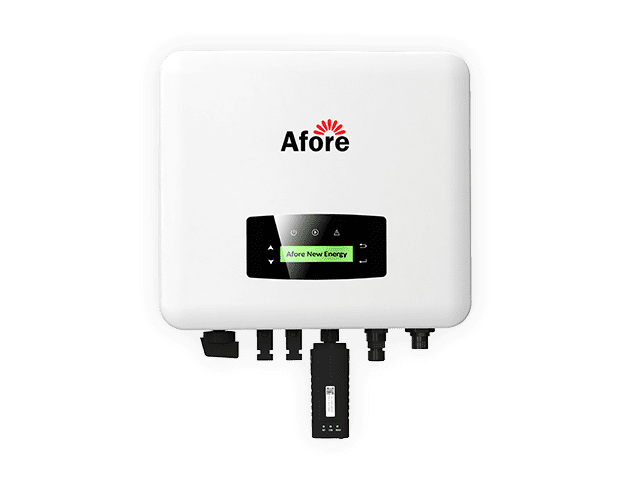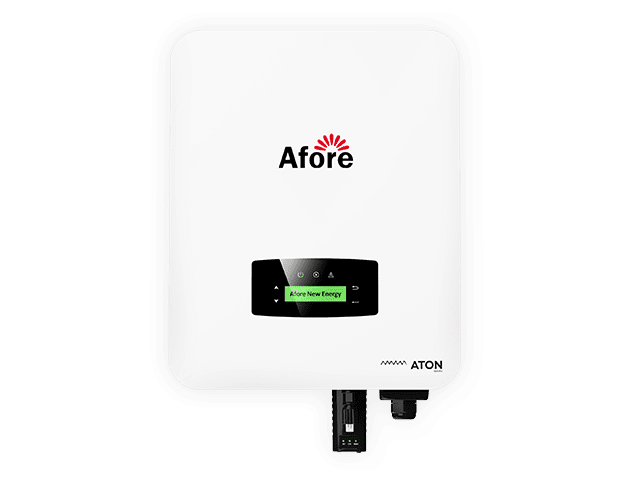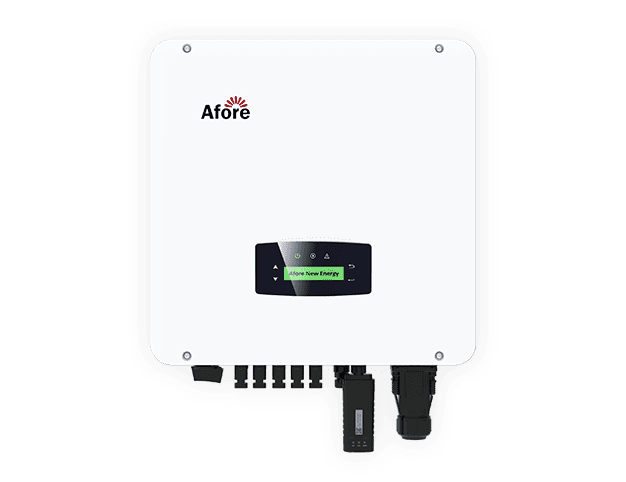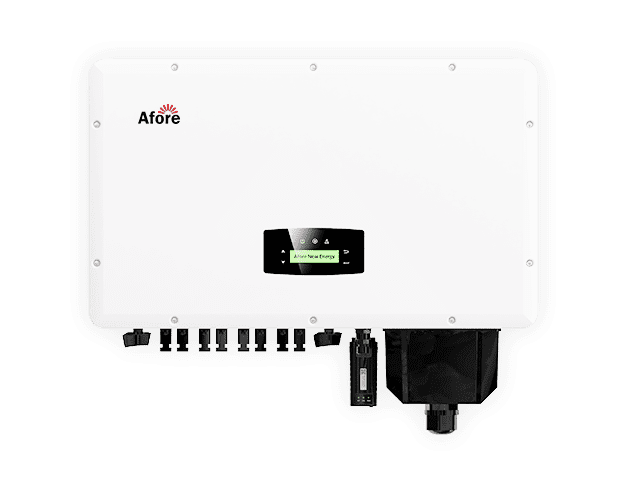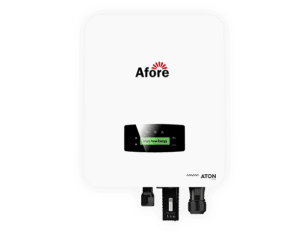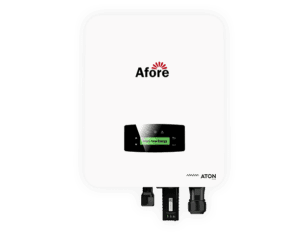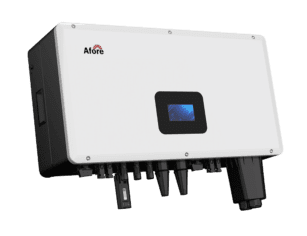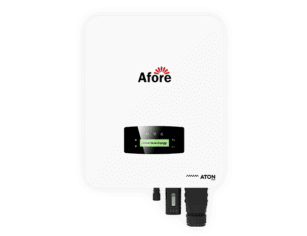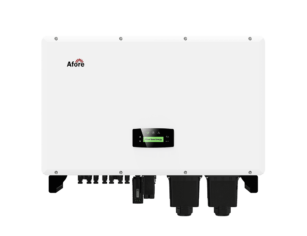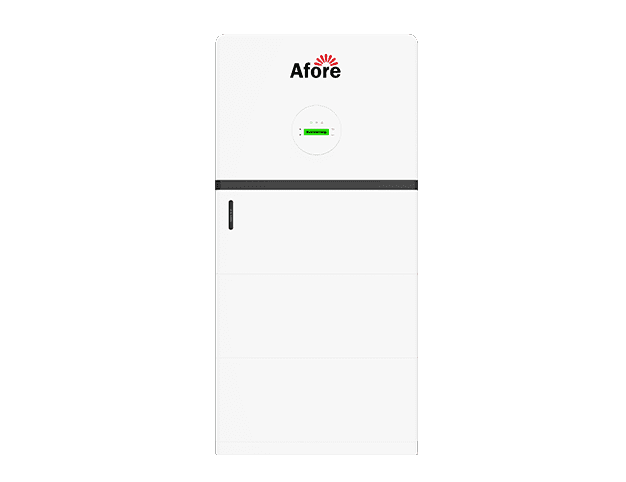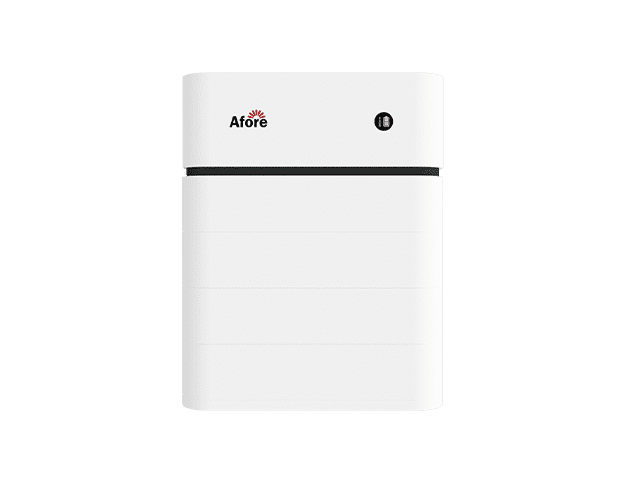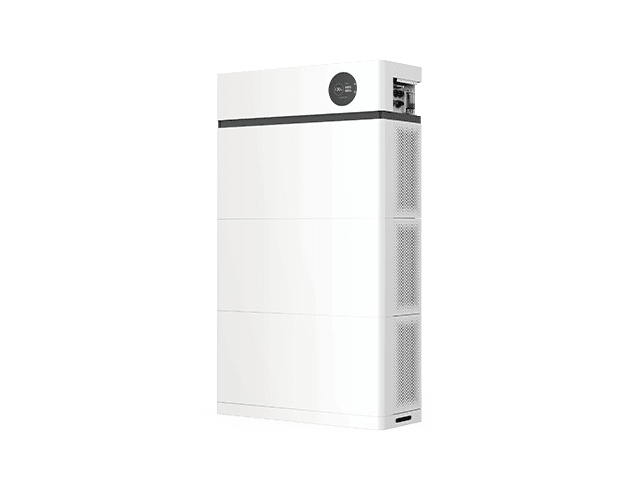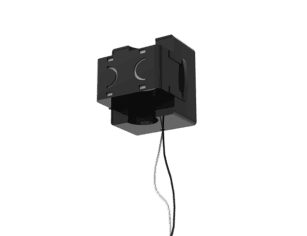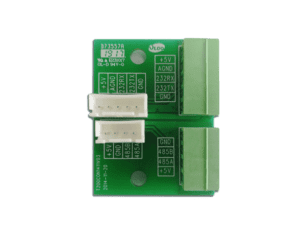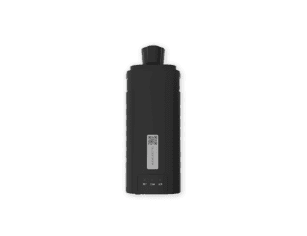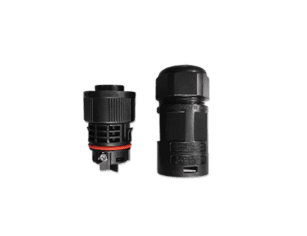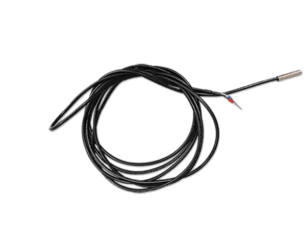Coût d'un onduleur solaire : Ce que les propriétaires doivent savoir
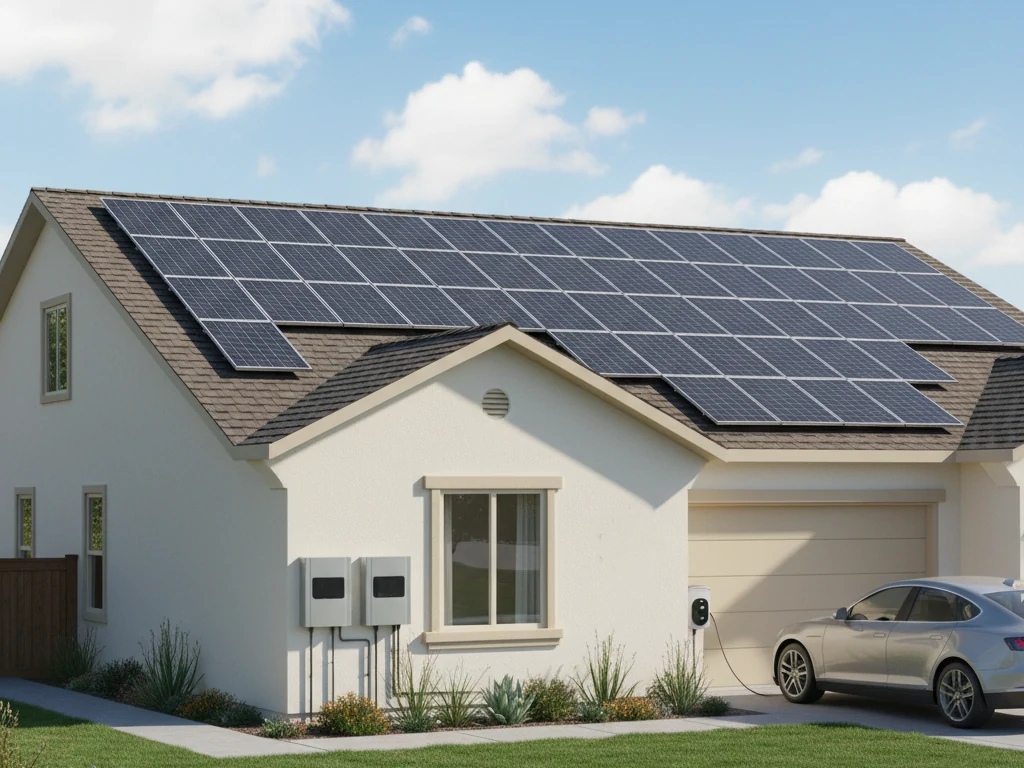
Table des matières
If you’re considering a rooftop solar system for your home, one of the most important questions you’ll ask is: what’s the solar inverter cost? A solar inverter is the unsung hero of your solar installation—it converts the energy from your panels into electricity you can actually use. Understanding the solar inverter cost is crucial because it affects your return on investment (ROI), your system reliability, and ultimately how much you’ll save over 10, 20 or even 30 years.
In this guide, you’ll discover what a solar inverter is, the different types available, how much they cost, what it takes to install one, how to size it correctly, how long it lasts, and how it ties into whether you actually save money by going solar. We’ll finish with an in-depth FAQ section to answer all your pressing questions.
Qu'est-ce qu'un onduleur solaire ?
Définition et fonction
At its most basic, a solar inverter takes the direct current (DC) electricity that your solar panels generate and converts it into alternating current (AC) electricity—which is what your home appliances and the electrical grid use. Without a properly sized and functioning solar inverter, your solar panels’ output simply cannot be used by your home or exported to the grid. That means the solar inverter is central to both system performance and cost efficiency.
Types de convertisseurs solaires
There are a few common types of solar inverter configurations for residential systems:
- String (or central) inverters: These are the most common for home solar installations. One inverter handles the output of a string of panels.
- Microinverters: These are small inverters installed at each solar panel, converting the DC to AC right at the panel level.
- Onduleurs hybrides: These combine solar conversion (DC to AC) with battery integration or off-grid capability.
Each type has its pros and cons. For example, a string inverter tends to cost less upfront than microinverters, but if you have shading or a complex roof layout, microinverters may reduce losses and boost system efficiency.

How Much Does a Solar Inverter Cost?
Typical Cost Range
The solar inverter cost is one of the key components in any solar installation budget. On average, homeowners can expect to spend between $800 and $3,000 for a standard residential inverter, depending on the system’s size and complexity. For larger homes or off-grid setups, costs may rise to $5,000 or more, especially when advanced hybrid or battery-ready systems are used.
This range reflects not only the hardware but also the level of performance and efficiency you’re paying for. Entry-level string inverters are generally on the lower end, while smart inverters or hybrid models that integrate energy storage can sit at the higher end of the spectrum. Understanding this range helps you plan a solar budget that fits both your energy needs and your financial goals.
Cost by Inverter Type
The type of solar inverter you choose plays a major role in determining overall cost. Here’s a breakdown of the common categories:
- String Inverters: Typically the most affordable option, priced between $800 and $1,500, suitable for small to mid-sized residential systems. They’re simple, reliable, and easy to maintain but less efficient in shaded conditions.
- Microinverters: These are installed on each solar panel and cost around $1,000 to $2,000 per 5kW system, depending on the number of panels. They offer better efficiency and allow independent panel monitoring—ideal for complex roofs or partial shading.
- Hybrid Inverters: Designed to manage both solar panels and battery storage, hybrid inverters usually cost $1,500 to $3,000. Their ability to store excess energy makes them a long-term investment for homes seeking energy independence.
- Off-Grid Inverters: For homes disconnected from the utility grid, prices range from $2,000 to $5,000, depending on system size and capacity. These models are built to handle higher power loads and integrate seamlessly with solar batteries.
Additional Cost Factors
Several variables can influence the solar inverter cost beyond just the equipment itself:
- System Size and Output: Larger solar systems require more powerful inverters, which naturally cost more.
- Installation Complexity: Labor costs vary depending on roof structure, wiring distance, and mounting requirements.
- Efficiency Ratings: Higher-efficiency models usually carry a premium price tag but can reduce energy loss over time.
- Warranty and Longevity: A longer warranty period often adds to the upfront cost but provides better protection and long-term value.
- Regional Market Differences: Prices vary significantly by location due to labor costs, currency exchange rates, and import duties.
When assessing solar inverter cost, it’s important to think long-term rather than just upfront expense. A high-quality inverter not only ensures stable system performance but can also enhance your overall return on investment by optimizing power conversion and reducing energy waste.
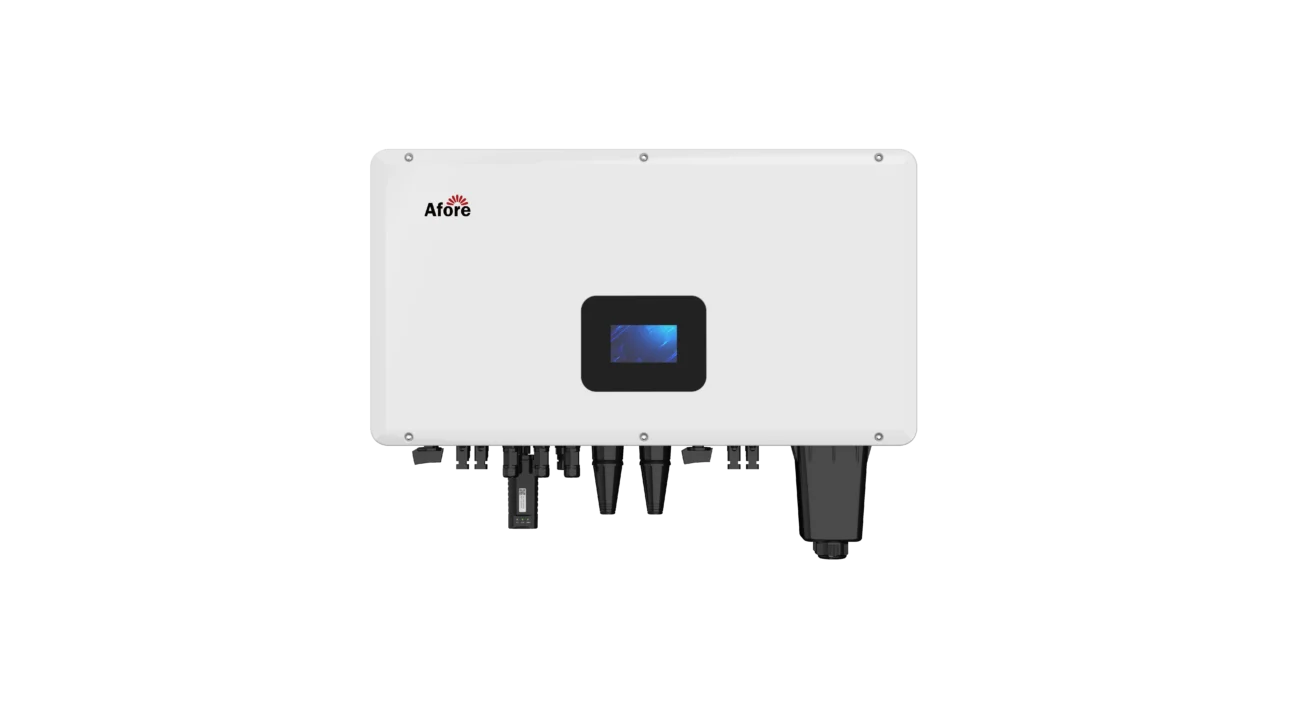
How Much Does It Cost to Install a Solar Inverter?
The cost to install a solar inverter goes beyond simply purchasing the equipment itself. While the solar inverter cost typically ranges between $800 and $3,000, the total installation price often falls between $1,500 and $4,000, depending on system size, installation complexity, and local labor rates.
Understanding Installation Costs
The installation process requires professional electrical expertise to ensure your inverter integrates seamlessly with the solar panels, batteries (if any), and your home’s main power supply. On average, labor costs account for 15% to 25% of the total solar inverter installation cost. The price may vary if additional wiring, circuit breakers, or safety components are required.
In most cases, residential installations are completed within a day, but off-grid or hybrid systems may take longer, particularly if they include battery storage or specialized monitoring systems.
Key Factors Affecting Installation Cost
- System Size and Power Output: Larger systems need higher-capacity inverters and more complex electrical configurations, which increase labor time and cost.
- Inverter Type: Microinverters and hybrid systems generally require more detailed wiring, adding to installation labor costs.
- Electrical Upgrades: Older homes may need electrical panel upgrades or additional safety components to meet current energy codes.
- Location and Accessibility: Installation prices can vary significantly by region due to labor rates, local regulations, and site accessibility.
- Permits and Inspections: Some areas require additional inspections or certifications, which can slightly increase total installation costs.
Long-Term Value
Although the upfront solar inverter installation cost may seem significant, it’s a one-time investment that ensures your entire solar energy system functions safely and efficiently. A professionally installed inverter maximizes energy yield, prevents costly system errors, and ensures compliance with local grid standards.
When evaluating installation quotes, it’s wise to consider not just the cheapest option but the installer’s experience, technical certification, and warranty coverage. Proper installation directly impacts long-term performance and can help you avoid unnecessary maintenance costs in the future.
Sizing Your Solar Inverter: What Size Will Run a House?
Choosing the right solar inverter size is one of the most critical steps in building an efficient solar energy system. A properly sized inverter ensures your system converts enough DC electricity from your solar panels into usable AC power for your home. The right size depends on your household’s energy usage, the size of your solar array, and your future energy goals.
Understanding Solar Inverter Sizing
Inverters are typically rated in kilowatts (kW), which must match or slightly exceed the output capacity of your solar panels. For example, a 5 kW solar inverter pairs well with a 5 kW solar panel system. However, depending on climate conditions and system efficiency, the inverter may be sized at 80% to 120% of the array’s capacity.
- Undersized inverters (e.g., using a 4 kW inverter for a 5 kW system) can slightly improve efficiency during low sunlight but may clip energy production at peak times.
- Oversized inverters allow for future expansion but may cost more upfront and operate less efficiently if underloaded.
The goal is balance — ensuring the inverter can handle your maximum expected power output without excessive losses.
What Size Inverter Will Run a Typical House?
For most medium-sized homes, a 5 kW to 6 kW solar inverter is sufficient to cover daily energy needs, assuming the household uses around 20–30 kWh of electricity per day. Smaller homes may only need a 3 kW to 4 kW inverter, while larger homes with heavy energy demands (air conditioning, electric vehicles, or heating systems) might require 8 kW or higher.
To determine the right inverter size for your home, consider:
- Average Daily Consumption: Review your electricity bills to find your monthly or annual kWh usage.
- Solar Panel Output: Ensure the inverter capacity matches your total solar array output.
- Future Energy Use: If you plan to add more appliances or a home battery system later, choose a slightly larger inverter now.
Balancing Efficiency and Cost
The solar inverter cost often increases with size, but a properly sized inverter delivers the best return on investment over time. Installing an inverter that’s too small may limit your system’s full potential, while an oversized one can result in unnecessary expense and lower efficiency under normal loads.
Consulting with a qualified solar professional ensures your inverter is matched precisely to your system’s specifications, local climate, and power consumption patterns. Correct sizing not only optimizes performance but also extends the lifespan of your equipment.
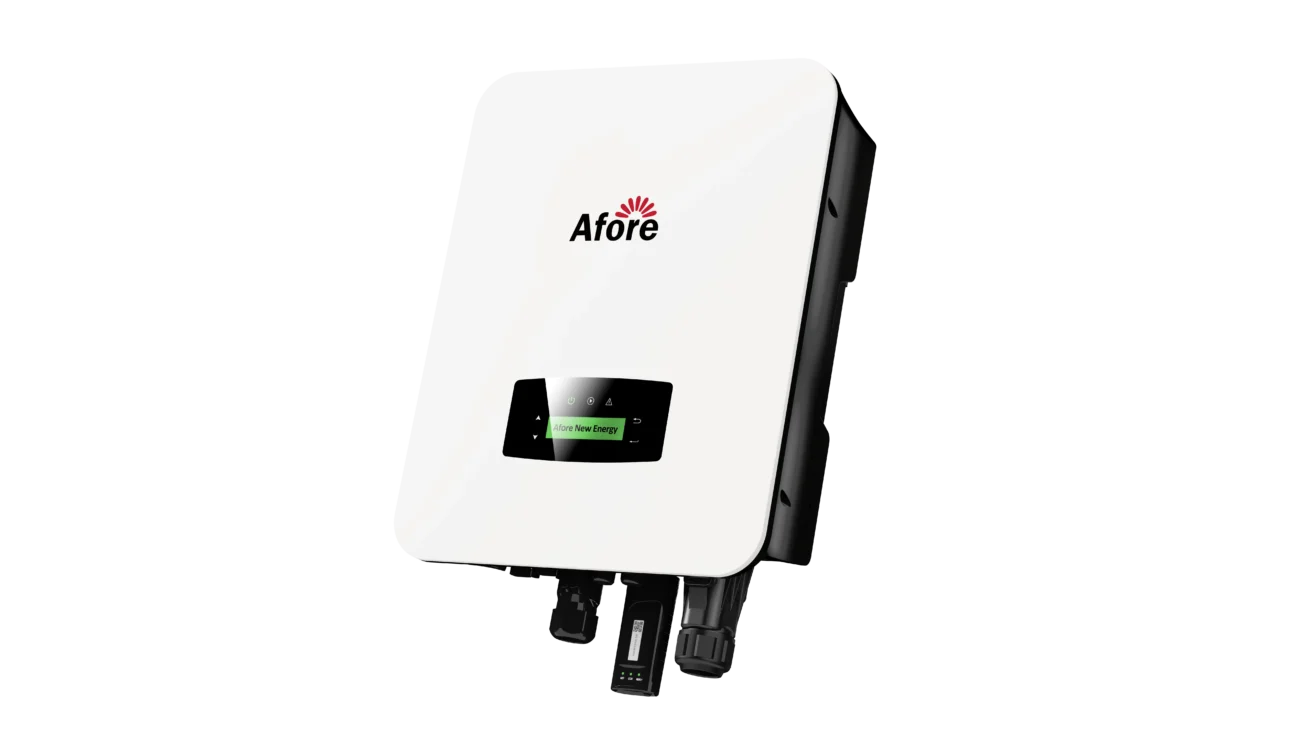
Lifespan: How Long Do Solar Inverters Last?
Understanding the lifespan of a solar inverter is crucial when evaluating the long-term performance and costs of a solar energy system. While solar panels often last 25 to 30 years, most solar inverters have a shorter life expectancy, which homeowners need to consider when calculating solar inverter cost and planning system maintenance.
Typical Lifespan by Inverter Type
- String Inverters: These are the most common type in residential systems. Their typical lifespan ranges from 10 to 15 years. This means most homeowners will likely replace the inverter at least once during the life of the solar panels.
- Microinverters: Designed to be installed at each panel, microinverters usually last 20 to 25 years, approaching the lifespan of solar panels. Their distributed design also reduces the impact of a single inverter failure.
- Hybrid and Off-Grid Inverters: Depending on usage and capacity, these inverters generally last 10 to 20 years, but longevity depends on battery integration and operational load.
Factors That Affect Solar Inverter Lifespan
Several factors can shorten or extend the lifespan of your solar inverter:
- Heat and Ventilation: High operating temperatures reduce inverter efficiency and accelerate component wear. Proper ventilation and placement in cooler locations extend lifespan.
- Quality and Component Design: Higher-quality inverters with robust internal components often last longer, though they may have a higher initial solar inverter cost.
- Installation and Environment: Dust, humidity, and direct sunlight exposure can degrade components more quickly. Roof-mounted or enclosed installations in moderate conditions last longer.
- System Design and Load: Undersized inverters or systems that frequently operate near maximum capacity may wear faster. Matching inverter size to the solar array and energy needs optimizes longevity.
- Maintenance: Regular monitoring, cleaning, and ensuring firmware updates (if applicable) can help maximize lifespan.
Replacement and Long-Term Planning
Because most string inverters last only 10–15 years, homeowners should anticipate a replacement during the 25+ year lifespan of their solar panels. Planning for this replacement ensures that solar inverter cost is viewed as a long-term investment rather than just an upfront expense.
Replacing an inverter with a high-quality, correctly sized unit can also improve system efficiency and reduce energy losses, helping maintain overall savings. Factoring in the expected lifespan and potential replacement ensures the solar system continues to perform optimally for decades.
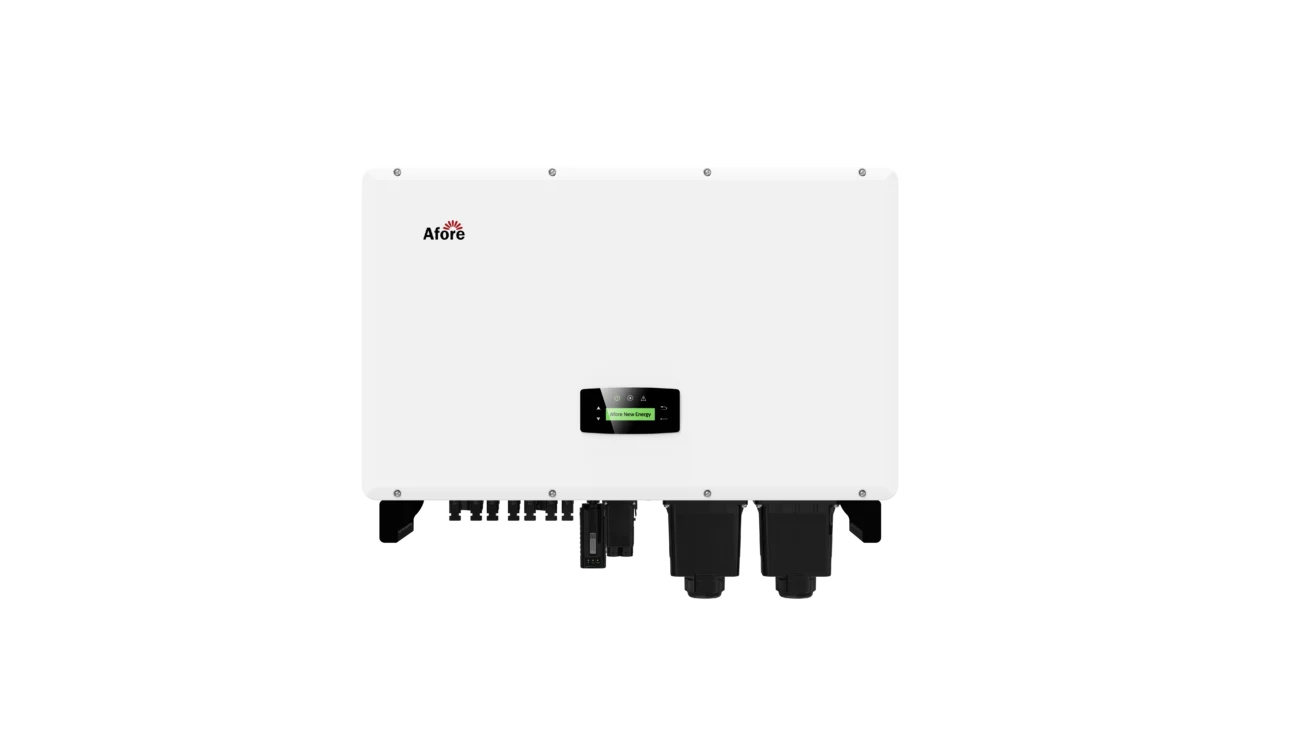
Do You Actually Save Money Going Solar?
One of the first questions homeowners ask when considering solar energy is whether they truly save money going solar. The answer depends on several factors, including the solar inverter cost, system efficiency, electricity rates, and your home’s energy consumption.
The Role of the Solar Inverter in Savings
The solar inverter is central to maximizing savings. It converts the direct current (DC) from your panels into usable alternating current (AC) for your home. A high-quality, properly sized inverter ensures minimal energy loss and keeps your system operating efficiently. Conversely, a poorly matched or low-quality inverter can reduce output, meaning you’ll generate less electricity and see smaller savings over time.
How Much Can Solar Panels Save?
Homeowners can save a significant amount by switching to solar energy. On average, a well-designed system can reduce electricity bills by 50–90%, depending on the size of the array, your household consumption, and local electricity costs. Over the lifespan of the system, this can translate into tens of thousands of dollars in savings.
For instance, a medium-sized home with a 5–6 kW solar system may offset most of its electricity costs, allowing for rapid payback, especially in regions with high utility rates or incentives. The solar inverter cost is just one component of the overall investment, but choosing the right inverter ensures the system achieves optimal performance and maximizes savings.
Break-Even and Return on Investment
The time it takes to recoup your initial investment—your break-even point—depends on system size, installation costs, and energy efficiency. Properly sizing your inverter and solar array ensures that you produce enough electricity to shorten the payback period. For most residential systems, homeowners see a return on investment within 5–10 years, after which electricity savings directly contribute to long-term financial benefit.
Additional Factors Influencing Savings
- Local Electricity Rates: The higher your grid electricity cost, the more you save by generating your own power.
- System Maintenance: Regular checks and upkeep of your solar inverter and panels help maintain efficiency.
- Net Metering or Grid Export Policies: Selling excess electricity back to the grid can further enhance savings.
- Energy Usage Patterns: Homes with higher daytime energy use benefit more from solar production, maximizing the value of generated electricity.
Can a House Run 100% on Solar?
Many homeowners wonder whether it is possible for a house to operate entirely on solar energy. While technically achievable, running a home 100% on solar requires careful planning, the right system design, and, most importantly, a properly sized and efficient solar inverter.
What “100% Solar” Really Means
Running a home completely on solar means that your system produces enough electricity to meet all of your energy needs over the course of a year, including nights, cloudy days, and periods of high consumption. Simply installing solar panels does not guarantee complete independence from the grid; without proper energy storage or grid support, your home may still rely on traditional electricity during low-sun periods.
Factors That Enable Full Solar Operation
- Properly Sized Solar Array: The number of panels must generate enough electricity to cover annual consumption. Oversizing slightly can help account for seasonal variations and peak demand.
- Efficient Solar Inverter: The inverter must convert the panel-generated DC electricity to usable AC power reliably, with minimal losses. Undersized inverters may clip production, reducing the system’s overall output.
- Energy Storage (Batteries): Storing excess energy during the day allows power use at night or during cloudy periods, helping the home achieve 100% solar self-sufficiency.
- Smart System Design: Panel orientation, shading management, and local climate conditions all influence whether a home can run entirely on solar.
- Monitoring and Maintenance: Ensuring the solar inverter and panels operate efficiently through regular checks maximizes output and reliability.
Realistic Expectations
For most homes without significant battery storage, reaching 100% solar coverage is challenging. Many homeowners realistically achieve 80–90% offset of grid electricity. Achieving true independence often requires a larger solar array, high-capacity inverter, and sufficient battery storage, which can increase both the solar inverter cost and total system investment.

Conclusion
Let’s recap the key take-aways: when you’re planning a solar installation, the solar inverter cost is a key piece of the puzzle—it affects upfront budget, system output, lifespan and ultimately how much you’ll save. While the cost range varies widely (from ~US$800 to US$5,000 or more depending on size and type), it’s only one part of the system cost. The right solar inverter—correct size, type, high quality and installed well—ensures you get the most out of your panels, maximise your ROI, and minimise future issues.
Be sure to ask your installer: what are the inverter options, what is the warranty, what is the expected lifespan, how is the size determined, and how much of the budget is allocated to the solar inverter cost vs the rest of the system. By doing that, you’ll treat the solar inverter not just as a cost line-item but as a critical investment in your home’s clean energy future.
If you’re planning to purchase a solar inverter, take a look at Afore, a world-renowned fabricant d'onduleurs solaires, whether you’re looking to purchase a string inverter, hybrid inverter, or onduleur de stockage d'énergie, there’s always one for you here.
Questions fréquemment posées
-
Combien coûte l'installation d'un onduleur solaire ?
The cost to install a solar inverter includes both the unit and labor. For most residential systems, the full installation cost ranges from $1,500 to $4,000, depending on the system size, inverter type, and complexity of the installation. Labor typically accounts for 15–25% of this cost, while additional wiring, permits, or safety components may slightly increase the total.
-
How much does a solar inverter cost?
A standard residential solar inverter typically costs between $800 and $3,000, with prices varying based on size, type, and efficiency. For off-grid or hybrid inverters, costs can rise to $5,000 or more. Choosing the right inverter is essential because it directly impacts system performance, energy conversion, and long-term savings.
-
Quelle est la durée de vie des onduleurs solaires ?
The lifespan of a solar inverter depends on type and usage:
- Onduleurs de branche : 10-15 ans
- Micro-onduleurs : 20-25 ans
• Hybrid/off-grid inverters: 10–20 years
Proper installation, ventilation, and maintenance can extend lifespan, protecting your investment and maximizing the return from your solar panels. -
Quelle taille d'onduleur permet de faire fonctionner une maison ?
For most homes, a 5–6 kW solar inverter is sufficient to meet daily energy needs. Smaller homes may need 3–4 kW, while larger homes or those with electric vehicles may require 8–10 kW. Correct sizing ensures the inverter efficiently converts energy without losses or clipping and aligns with your energy usage and future expansion plans.
-
Do you actually save money going solar?
Yes. A properly sized and high-quality solar system, including an efficient solar inverter, can reduce electricity bills by 50–90%, translating to tens of thousands of dollars in long-term savings. Savings depend on local electricity costs, system performance, and maintenance, but investing in a reliable inverter ensures maximum energy output and faster payback.
-
Can a house run 100% on solar?
It is possible, but achieving 100% solar self-sufficiency requires a properly sized solar array, a capable solar inverter, and typically a battery storage system. Most homes realistically reach 80–90% grid offset without batteries. Full independence involves higher upfront costs and careful system design but can significantly reduce reliance on grid electricity.
-
What are the cost differences between string and microinverters?
String inverters are generally more affordable, with lower solar inverter cost, but may lose efficiency if panels are shaded or on complex roofs. Microinverters cost more upfront because each panel has its own inverter, but they improve energy production under shading, provide panel-level monitoring, and often last longer.
-
What factors influence the cost of a solar inverter?
Key factors include:
• System size (kW)
• Inverter type (string, micro, hybrid, off-grid)
• Efficiency and technology features
• Warranty length
• Installation complexity
• Grid integration requirements
Considering these factors helps balance initial solar inverter cost with long-term performance and energy savings. -
How do you know if your inverter is too small or too large?
An undersized inverter may “clip” energy production during peak sunlight hours, limiting efficiency. An oversized inverter increases upfront cost without proportionally improving output. Checking the DC-to-AC ratio, system monitoring, and consulting a qualified installer ensures the inverter matches your solar array and energy needs.
-
Will I need to replace the inverter during the lifetime of my solar panels?
Yes. Since most string inverters last 10–15 years and solar panels can last 25–30 years, a replacement is usually required at least once. Planning for this in your budget ensures continued system efficiency, reduces unexpected costs, and maximizes savings over the system’s lifetime.
-
How can I extend the lifespan of my solar inverter?
Proper maintenance and installation extend inverter life:
• Ensure adequate ventilation and avoid heat buildup
• Install in a shaded or indoor location if possible
• Keep the inverter clean and free from dust or moisture
• Monitor system performance regularly
• Select a high-quality inverter with a solid warranty





